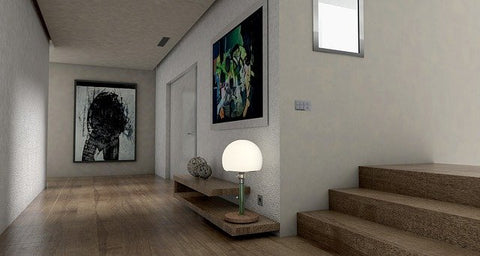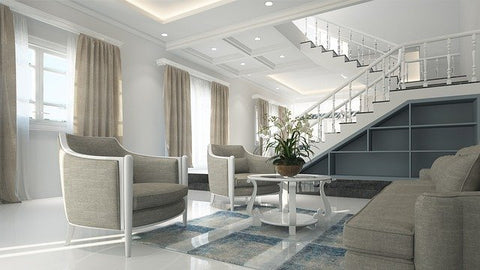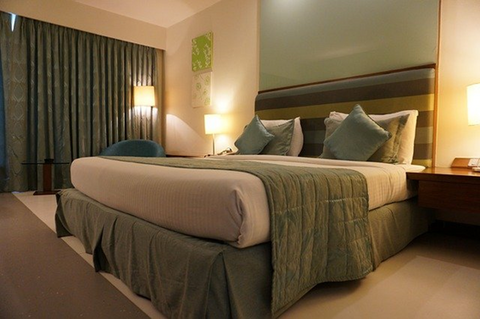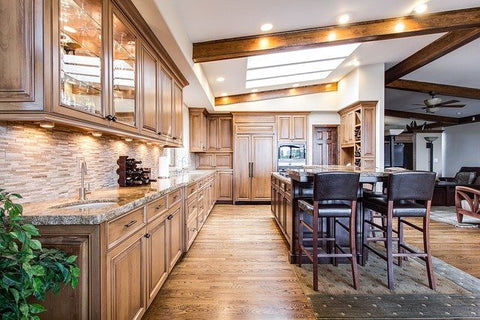
How much light do I need for a room? (Part 2)
"If the scene is a dish and the soft furnishings are ingredients, then light is an indispensable spice."
When we choose lighting products, we will be entangled with all kinds of ideas such as:
How much is commonly referred to as adequate lighting?
How to calculate the number of LED lights to create a good lighting environment? The factors affecting luminaire selection are complex and diverse, but in daily life, the following basic aspects are mainly involved:
Lamp wattage
Room size
Room function
Other factors
Let's take a closer look at how these aspects vary from person to person. Only by taking a variety of factors into consideration can we choose suitable lighting products to create a comfortable lighting space.
In the previous article, we discussed the impact of wattage/lumen and area on the choice of luminaries. In this article, we mainly discuss different light requirements for different room functions.
-
Room function

Table 1. General CRI and brightness requirement for indoor space by function
Single form lighting are not recommended for all of the above places. In a space, mixed lighting is more recommended.
From the above chart, we can see that the illuminance values of each area such as the living room, the dining room, the bedroom, or the bathroom,] are different. These values are not written by “individuals” casually, but obtained according to statistics.
Hallway: Generally, the space is narrow and not a key functional area. The basic functions are changing shoes, hanging clothes, storage and other functions. People won’t stay long, so it doesn’t need too much light, so a brightness for basic movements and storage would be sufficient.

Living room: The living room is an important activity place for the family. It has two kinds of use environment commonly: receiving guests and spending leisure time.

Bedroom: As a place for sleeping, lighting can affect the quality of your sleep. Appropriate lighting can help you better fall asleep and improve your sleep quality

Study: The study room is a place for reading, writing or working. It needs a sense of tranquility and calmness, so that people will not be impetuous in it. Do not use dim or warm light, which is easy to cause drowsiness and fatigue, and is not conducive to concentration;

Dining room: The dining room is an important eating area in the home, and a comfortable experience is very important.
Kitchen: Due to the outstanding functionality of the kitchen, first of all, the intensity of the light source must be guaranteed. Brighter light source can stimulate your concentration and enable you to cook great meals for your family.

When it comes to different purposes, even in the same area, the illumination requirements are not the same.
In the same living room area, some families only need the lighting function for general activities, while some others, especially those who like books, need the functions of writing and reading.
Therefore, the demand for illumination may increase. The "wattage" of the light source will also increase accordingly to meet these functions.
Light is a partner that enhances the style of our home and accompanies us for the longest timeat hoem. Choosing the right light will greatly help us with our life, work and health.
If you are looking for the right lighting for your home, Yuji's products will be one of your best choices. With high light quality, we can do better to realize the needs of different functions for lighting.

Leave a comment